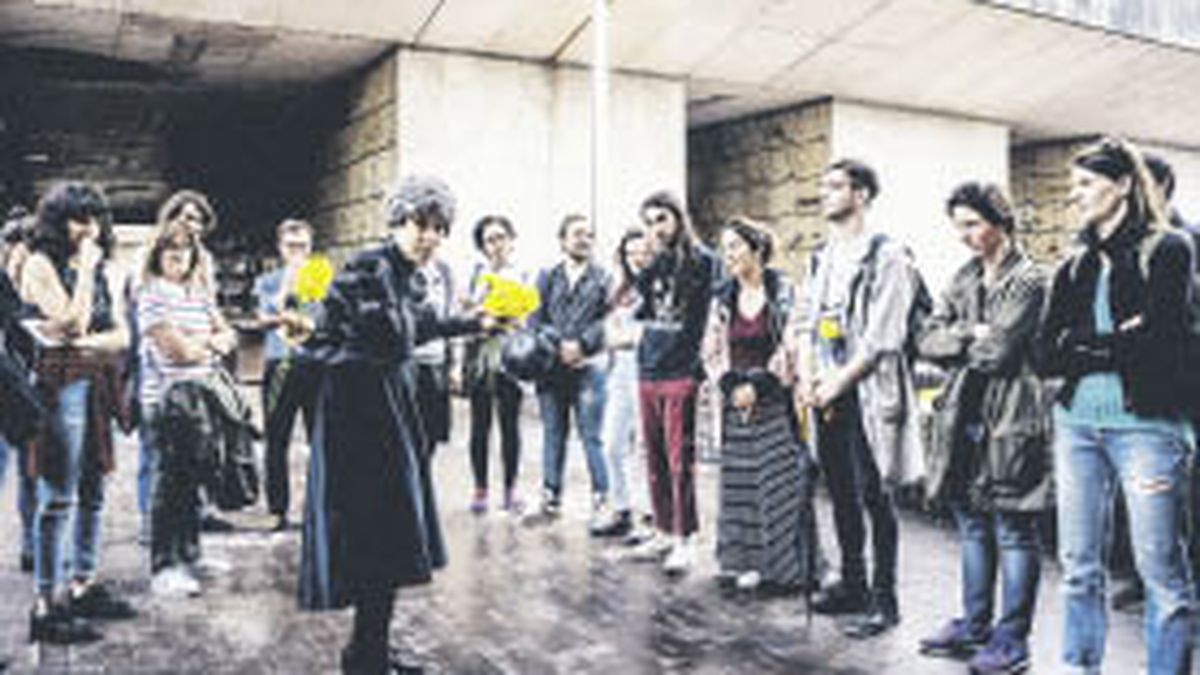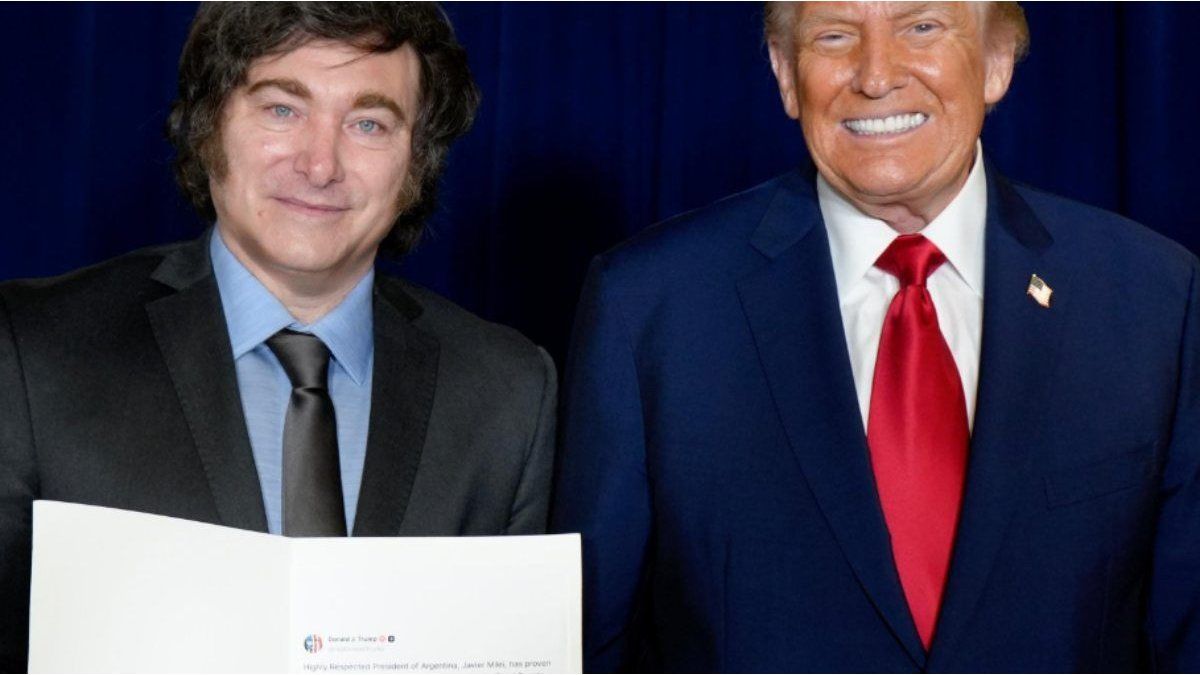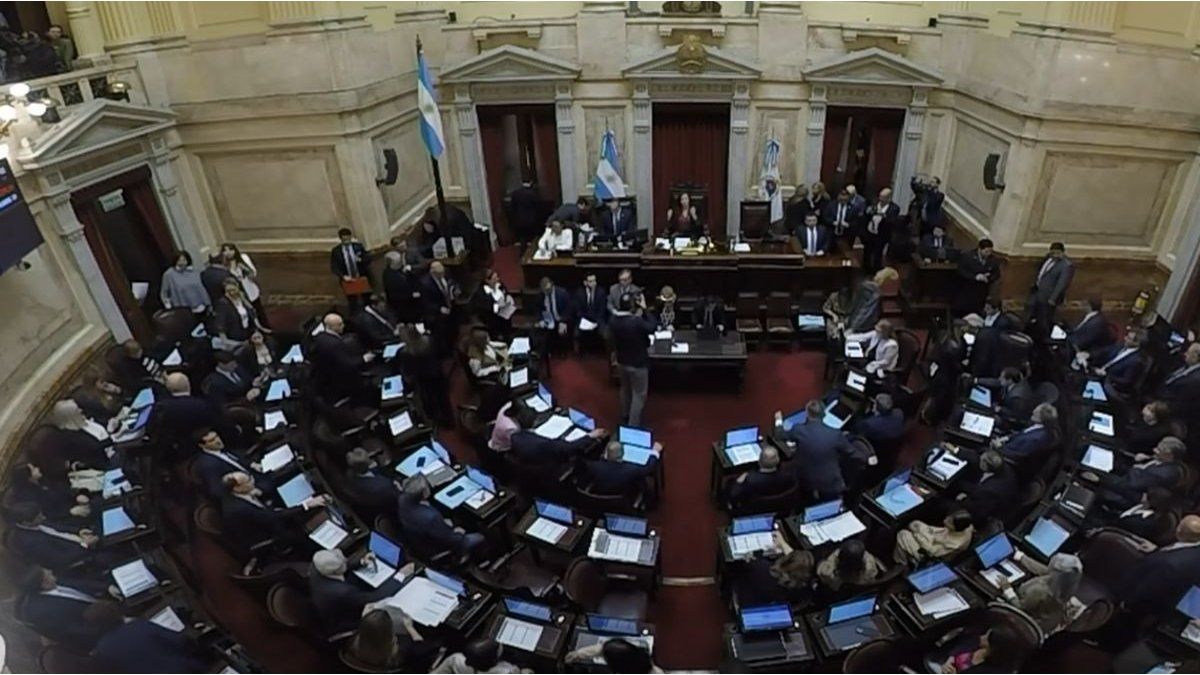The work required a year of research and interviews with cemetery workers, it premiered in 2019, was interrupted due to a pandemic, and today it is resignified. It can be seen on Saturdays at 2:45 p.m. and starts at the Cemetery Entrance Gate (Av. Guzmán 680). Not suitable for people with reduced mobility, the work is free to enter but requires prior reservation and it is advisable to attend with comfortable clothing. We talked with its director, Juan Coulasso, and one of the actresses, Victoria Roland.
Journalist: How is this work in Chacarita?
John Coulasso: It is a tour of the monumental structure of the Great Pantheon, designed and built by the architect Itala Fulvia Villa between 1950 and 1958. This is the world’s first test of modern architecture applied to a funerary field of such dimension. When we discovered that place in the investigation, we felt that we had to do something there, which is incredible from every point of view, and also the history of Itala attracted us.
Victory Roland: The work is a walk in community between those who act and those who observe. We look like a procession inside the cemetery and we try to account for that brutal, labyrinthine work; In fact, I keep getting lost. It is a trip to the catacombs, with various characters that intercept it. Architecture and landscape are not just another character, but the most important. There is also a precise setting work in that a character can appear in the distance and transforms along the way. There are diverse stories, with more historical questions and of course more existential themes about death, caregivers, the change in funeral rites, the taboo of death.
Q.: How is that contrast between Recoleta and Chacarita?
JC: La Chacarita was born because Recoleta did not want to receive those killed by yellow fever who came from poorer areas. Recoleta was exclusive to the Argentine aristocracy. Then they sent the bodies to Chacarita and the town cemetery was born. It has 90 hectares and is the largest in Latin America.
Q.: In what sense do you say that the cemetery reflects society?
VR: Social differences are still present in death, graves, niche rental, are all issues that follow the same social logic. There are the social pantheons, where the guilds are, this is a cemetery for common people, the nobody, the forgotten. We also see that death was gradually stripped of funerary rituals so that it happens in a hospital in the most aseptic way possible. The most common thing today is to cremate the dead; the profession of caretakers of niches and tombs fell into disuse. It is not customary to visit the dead, it is frowned upon to express pain and suffering. At the crossroads with other towns you can see the differences. There are those who cry, shout, play music, it is the ritual to make catharsis but other cultures deny it; you have to leave quickly, like doing a paperwork. The work allows us to reflect on this, death as part of life and at the same time use that space in a way that it is not used. We walk and in this way we denature social uses in relation to death.
Q.: What else is there of this dispossession of rituals of the present?
VR: There is the human arrogance that we should be immortal, unlike any other natural species. Life and death cannot be thought of separately, there is a vital need, when the work ends, to breathe, go out to eat and connect with life that occurs only because a deep connection with death is invited. The more death is accepted as part of life, the more vital everything becomes. Connect with that every Saturday. People tell us that the work fills the space with beauty as they never imagined. I believe that the mission of art is to resignify and remove the meanings of things.
Q.: What did you feel in a pandemic with the work on pause and the impediments to dismiss dead relatives?
VR: We released it in 2019 and we already mentioned pandemics, such as yellow fever or the black plague. We made it post-pandemic again and we feel those same texts modified by our link with death. Death was closer, we feel it as something that can happen, we saw ourselves liable to extinction as a species. If there is something that the pandemic contributed, it was that notion of fragility that life has.
JC: The work went through the Biennale of Young Art, the FIBA and was boxed in a pandemic. We took the opportunity to film a documentary, “Miss Architect”, which will be released next year. And the conclusion is that modern man acts as if death did not exist. As if one were not going to die. And yes, it was difficult in a pandemic not being able to fire our dead.
Source: Ambito
David William is a talented author who has made a name for himself in the world of writing. He is a professional author who writes on a wide range of topics, from general interest to opinion news. David is currently working as a writer at 24 hours worlds where he brings his unique perspective and in-depth research to his articles, making them both informative and engaging.




